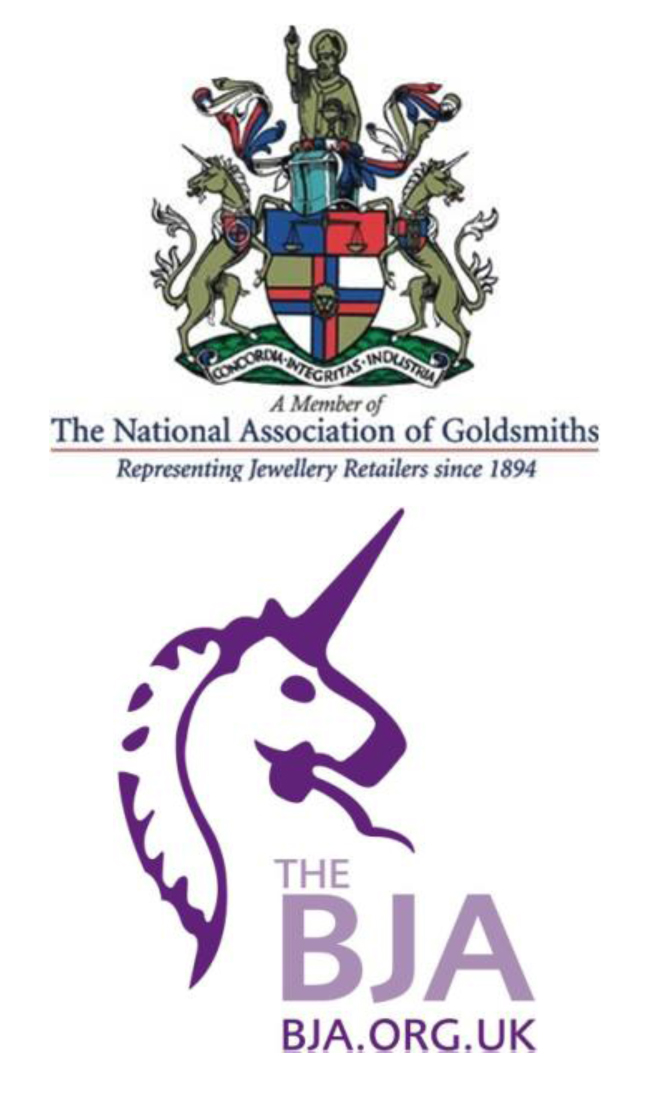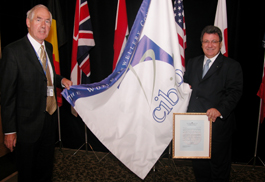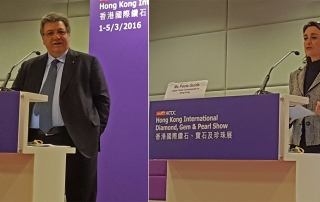The case for adopting procedures to encourage CSR in the international jewellery industry
By Simon Ranier, Executive Vice President of CIBJO’s Sector C
The international jewellery retail community is under threat. Not only do 30,000 worldwide retailers face the daily security challenges of working in a high risk, high value business and bearing the margin implications of escalating raw material prices, they are also faced with the mounting array of audit regulations and the irregularities of traceability to be found in the jewellery supply chain.
And, the demands from the consumer are becoming even greater.
Throughout the world, consumers are fast becoming more market educated and socially aware, which in turn makes their shopping patterns far more selective. Their needs are sated by their search for knowledge in supply chain transparency and responsible production processes. This in turn leads to their greater requirement for information on individual manufacturers, labour conditions, and the manufacturing effect on the environment and local communities.
The consumer is becoming far more selective in the products they buy and where they choose to shop. The internet provides the consumer with far more information than ever before and this in itself provides a growing challenge to the jewellery retail environment.
In short, how will your store and staff be chosen by the consumer to be the first port of call when they want to buy an item of jewellery? What credentials can you present to the consumer to give them the confidence to shop in your store?
By adopting a robust Corporate Social Responsibility programme you will not only be meeting the needs of your consumers but also be able to effect positive change in the supply chain.
CIBJO has long championed the need for CSR programmes in the jewellery industry and is at the forefront in setting new standards in joint collaborations, lobbying and providing CSR training.
On a more local level, CIBJO is supporting and sponsoring the work of UK jewellery trade associations: British Jewellers’ Association and National Association of Goldsmiths to develop a framework to inspire greater consumer confidence in the purchase of jewellery. As a three-year programme, the project will result in retailers and suppliers being awarded a mark of excellence for the way that they conduct their businesses.
Essential to this new framework will be the improved flow of communication between manufacturer, retailer and consumer. Of equal importance will the active encouragement of CIBJO to ensure that those in the supply chain are adopting effective CSR policies. Once implemented in the UK, it is planned that the new initiative will then form a workable model for other international jewellery markets to adopt.
This paper has been specifically written with the jewellery retailer in mind and presents some basic and useful information for all to consider and hopefully implement.
To download the full document, please CLICK HERE
ABOUT THE AUTHOR: Simon Rainer has served as the President of CIBJO’s Association Executive Networking Commission since 2011. He also served as the Chief Executive of the British Jewellers’ Association, and in this capacity is the principal spokesman for BJA, taking overall responsibility for the day-to-day running of the association and its national committee, as well as liaison with industry bodies and government departments.







